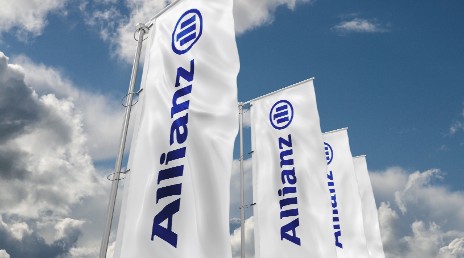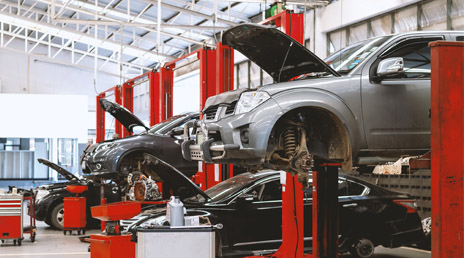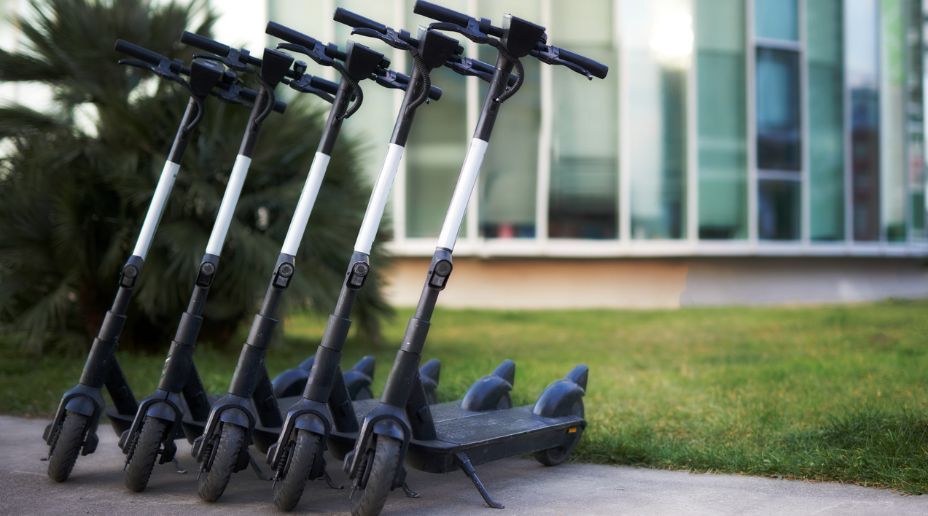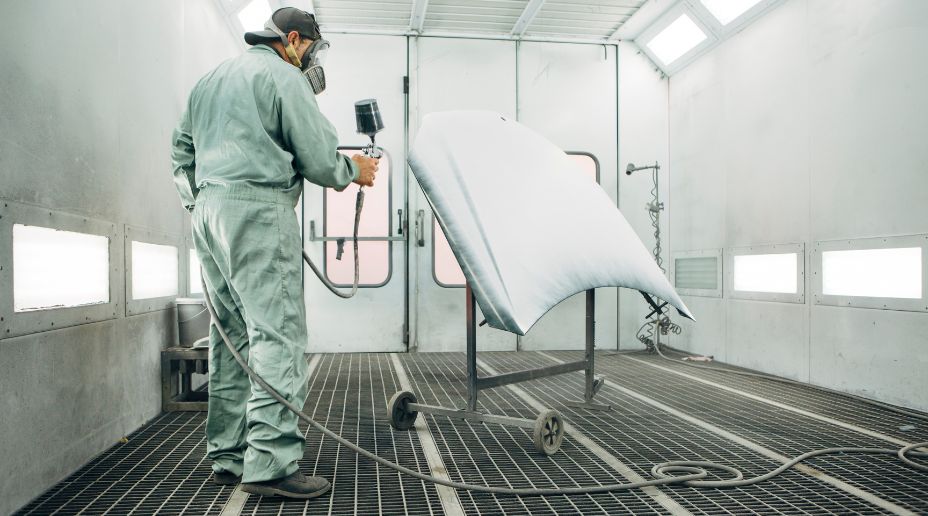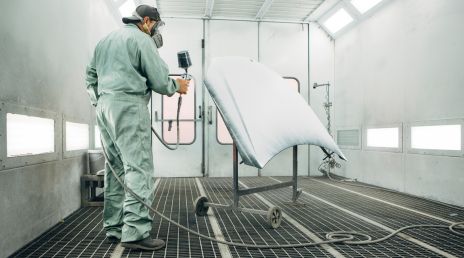With COP26 taking place towards the end of last year, the topics of sustainability and road to net zero are still prominent in the headlines, with pressure to focus on carbon cutting strategies and the phasing out of fossil fuels.
One alternative to fossil fuels is an emerging technology referred to as ‘Battery Energy Storage Systems’, or ‘BESS’ for short. As the name suggests, these devices allow energy from renewables to be stored and then released when it’s most needed. But are these devices really a ‘silver bullet’ or a hazard waiting to happen?
How they work
Increasingly, large-scale BESS installations are being built both in the UK and overseas. The 100MWh installation in Qinghai Province in China is one example, reportedly contributing an amount of power to the grid from renewable energy equivalent to that produced by burning 401,500 tonnes of coal annually.
1 Closer to home, the UK has a considerable pipeline of BESS projects, with large capacity (>30MW) stand-alone sites dominating the short-term pipeline. The majority of these sites are planned for location in the South East.2
The UK government has predicted that flexible technologies, including batteries, could save the UK energy system up to £40bn by 2050.3
Advantages of Battery Energy Storage Solutions
There’s no doubt that BESS technology brings significant benefits. Firstly, it’s an economical solution to capturing and storing energy, ready to be deployed at the most optimum point in time. Matching energy supply with demand is an ongoing challenge for engineers at the National Grid and becomes even more complex when tasked with achieving net zero carbon production. Energy providers and utility companies can benefit from the stability offered by BESS and the security of knowing it can balance loads between peak and off-peak periods and act as an uninterruptable power supply. Commercial users of BESS can enjoy lower cost energy bills due to ‘peak shaving’; this refers to the practice of accumulating energy when demand is low and discharging it during peak periods.
Another advantage of BESS is that it can work with both decentralised and centralised systems and those that are either on- or off-grid. This means that power can be supplied to remote areas which so far have relied on diesel generators for their energy needs. Also, BESS can reduce or eliminate transmission and delivery costs where the BESS units are located close to the point of delivery.
Associated risks
The benefits of BESS outlined above may sound like a win-win situation. However there are a number of potential risks which need careful management. BESS remains a relatively new technology and the methods by which the units are designed, built and assembled vary between manufacturers. This makes it difficult to create universal property loss control guidelines.
The hazards of BESS are still being understood but the key concern is the potential for fire due to the propensity for using lithium-ion batteries. According to a 2020 report from the U.S. Energy Information Administration, over 90% of large-scale battery storage power capacity in America was provided by lithium-ion batteries.4 These provide good energy storage for their size and can be charged and discharged a number of times during their lifespan (approximately ten years). The issue with lithium-ion batteries is that they’re susceptible to something called ‘thermal runaway’; this is a chain reaction which happens when the heat generated within a battery rises rapidly and causes a chemical reaction, which in turn creates more heat. Consequently the stored energy is suddenly released, causing extremely high temperatures leading to fires which can be very difficult to extinguish.
Risk management
As mentioned above, thermal runaway is one of the key hazards with BESS technology. Since thermal runaway is a chain reaction, a key preventative measure is to ensure a physical layout which allows the batteries to be adequately spaced out; this will help limit the damage to adjacent battery cells. It may also be prudent to install a thermal barrier between the battery cells. Battery charging should only be undertaken in well ventilated areas. Ventilation in the charging area needs to be enough to keep hydrogen below its lower explosive limit (LEL).
If thermal runaway does occur, the best action to take is to try and cool the equipment. Sprinkler systems are one potential method but in some cases it may be necessary to engage the Fire Brigade. It’s worth noting that a further consequence of thermal runaway can be fire and water damage, resulting from efforts to suppress the fire.


For charging vehicles such as forklift trucks, these should be charged away from any storage with at least a two metre clearance.
Naturally it’s also possible to opt for a different battery technology, for example lithium iron phosphate. This is a newer type of battery and a more stable technology, staying cool in high temperatures and less likely to go into thermal runaway then lithium-ion. However, neither are these risk free so it’s still important to have robust risk management practices in place. Also, it’s recommended to check the provenance of the battery to ensure it’s not suffered degradation or damage.
Risk management methods at a glance
- Check the provenance of the battery
- Ensure adequate spacing between battery cells
- Always charge batteries in a well ventilated area
- Charge vehicles away from storge and stock
- Have fire suppression systems (such as sprinkler systems) within BESS rooms and ideally within BESS containers
- Regularly review fire risk assessments
- Install an early warning fire detection system
- In case of thermal runaway, attempt to extinguish the fire by directing water onto the source.
Summary
Battery Energy Storage Systems can offer an effective and efficient method of managing renewable energy distribution. However it’s important to be clear on the responsibilities and risks that come with this technology, and ensure the right risk management expertise and strategies are in place to operate the equipment safely.
For a wealth of risk management information, including guidance on electric lift truck battery charging, visit www.allianz.co.uk/risk-management.





